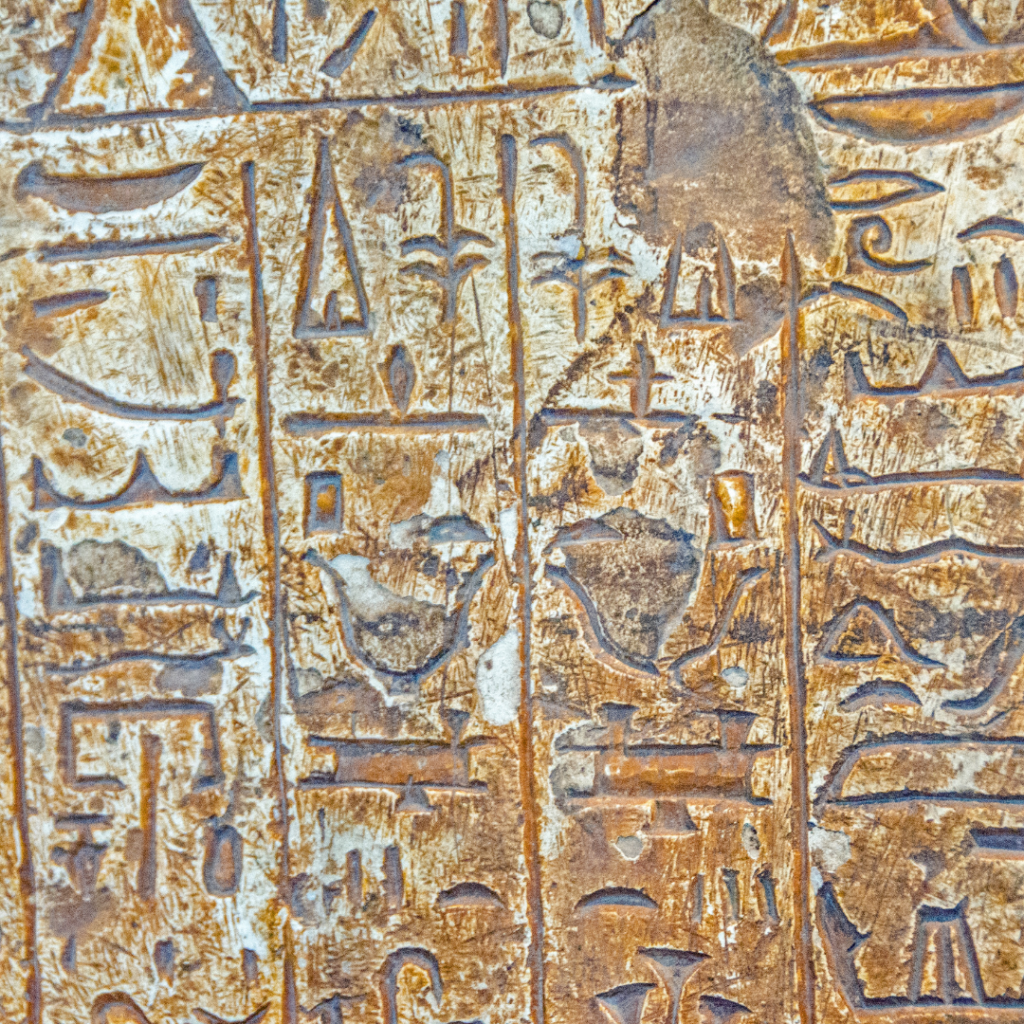Welcome to the heartbeat of Integrative Counsel, our blog where tranquility meets transformation. This is your sanctuary for insights and wisdom on nurturing a harmonious connection between mind, body, and spirit.
The Intersection of Psychedelics and the Arts

As a ketamine-assisted psychotherapist and a Registered Expressive Arts Therapist (REAT), I can’t help but contemplate how these two domains – psychedelics and the arts – converge and overlap.
I often work with high-performing women with a spiritual bent. However, sometimes, what it takes to be “successful” in today’s modern world is not what is needed to feel happy (an amorphous word at best). The consequent rigidity that ensues, often thought to be required for continual high performance, can be detrimental.
The success and productivity trap often leads to the “beta blues.” Beta brain waves are crucial for focus, concentration, and problem-solving. However, if your brain stays in a high-beta state for extended periods, it can lead to chronic stress, anxiety, mental fatigue, irritability, rumination, and difficulty sleeping. (A 2023 survey found nearly one-third of adults (32.3%) reported anxiety or depression symptoms.)
How does Ketamine-Assisted Therapy help with rigidity?

I’ve noticed in some of my clients that ketamine-assisted psychotherapy (KAP) can increase one’s underlying personality traits, which is why people who are psychotic or actively manic are not good candidates for psychedelics.
This, though, can also be the case with those who fall on the “rigid” end of the spectrum. (Rigidity can also be quite a good defense against the fear of feeling that which we typically repress – i.e., trauma and grief.)
Dr. Daniel J. Siegel, renowned professor of psychiatry at UCLA and executive director of the Mindsight Institute, explores rigidity in the context of mental health. Siegel views rigidity as one end of the spectrum, with chaos on the other. Mental well-being lies in a balance between these two aspects.
Both psychedelics and the arts can stretch our minds, our sense of Self, and connection. However, neither achieves that aim one hundred percent of the time.
In psychedelic-assisted psychotherapy, the goal is often to think differently.
Psychedelics can help expand the mind through ego dissolution (the rigid sense of self), foster new ways of thinking, and increase neuroplasticity.
Psychedelics can also amplify one’s personality- which can run contrary to desired change.
They can amplify existing thought patterns, emotions, and biases – acting like a magnifying glass. This can help bring unconscious material to the surface but can also be challenging if negative patterns exist.
Psychedelics have the potential, therefore, to do both or either—to expand and/or amplify. They can amplify existing neural pathways while also creating new connections. In the best-case scenario, this could lead to a deeper understanding of existing patterns and the potential for new ways of thinking. However, it all depends on where we focus.
The shape and content of our lives depend on how we use our attention. All of us have a limited amount of attention processing ability. Where we focus our attention can change the world we know and who we are in it by bringing in or out of focus what we see – determining what will or will not appear in consciousness as memories, thoughts, and feelings.
As David Foster Wallace eloquently states in his 2005 commencement speech, This is Water, “Learning how to think really means learning how to exercise some control over how and what you think. It means being conscious and aware enough to choose what you pay attention to and to choose how you construct meaning from experience.”
This is why set and setting, two oft-quoted components in psychedelic-assisted therapy (PAT), are crucial in influencing the experience and outcome. Set refers to one’s mindset and includes intentions, fears, openness, curiosity, and willingness. Setting is the physical and social space consisting of a trained and trusted therapist and a safe and comfortable environment—essential for a positive therapeutic experience.
Similar to my belief that psychedelics need to be housed in more than one discipline—such as the sciences, social sciences, arts, and humanities—these various fields should also be used in mental health treatment as a crucial part of the set and setting. What is crticial is the interconnectedness of these areas.
In his book Art as Therapy, Alain de Botton states that engaging in art helps us become “better versions of ourselves” and should not be a luxury afforded to only a select few (pg 57). He argues that museums could be rearranged to emphasize our shared humanity rather than organized by country and century. An example he offers is how to suffer with dignity.
Wouldn’t it be nice to be given a guide on finding depth, honesty, and patience, even in the face of our pain, so that we are less alone?
Good art can provide this, as well as hope. De Botton suggests it can “peel away our shell” so that we might “recover our sensitivity” (pg 59). Art can help us remember what matters. It, and the thoughtful use of psychedelics, can help us examine ourselves and “strengthen our better natures” (pg 57).
“Art doesn’t merely reflect the world in a novel way, but actually brings into being a truth about the world that was not there before.”
Merleau-Ponty
However, before deadlifting (the physical equivalent to the psychological impact of psychedelics), clinicians could practice a regiment of art appreciation to begin to flex the atrophied part of the mind that comprehends symbolism and metaphor — healing agents on their own.
How can symbolism be healing?

Symbols are crucial for humans. Carl Jung believed symbols could never be fully understood by the conscious mind. They imply something representing multiple meanings – that which is hidden, numinous, or unknown. Archetypes can be far more profoundly revelatory than the most expansive character developments.
Symbols uniquely bridge one’s consciousness (often rational and linear) and unconsciousness (beneath consciousness). The benefit of symbolic material is that it can be presented to the conscious mind in a way that doesn’t necessarily overwhelm it while still broadening it.
Therefore, we must take the time to learn the subtler ways of understanding allegory. However, when we believe this subconscious material to be literal, our perspective becomes distorted and dangerously inaccurate—akin to looking in a funhouse mirror. The subconscious does not communicate in this matter-of-fact fashion.
Change— ultimately required for true healing and growth— precipitates a willingness to be seen as naïve. To be an amateur used to mean to love an activity (amare in Latin means to love). Now, it is seen as a derogatory term. Abandoning certainty is the ability to lighten up and laugh at oneself. Certainty is the greatest of all illusions (hubris). It is NOT the possession of the Truth but rather the pursuit of it (Iain McGilchrist, The Master and his Emissary).
Practice Activities
Practice Activity I:
Take a 5-minute walk outside and allow your eyes to be drawn to an item that “calls” to you – be it a twig, leaf, stone, object, image, song lyric, poem, or quote. There is no right or wrong! This object is a gift, or totem, representative of your intention at this time. It will continue unveiling itself if you listen with patience and curiosity. Place it next to your bed, desk, or altar for 30 days.
Do not rush to make “meaning” of this object. (Determining through language what they “ought” to be.) Observe this symbolic representation (and, therefore, aspects of yourself) with curiosity and compassion.
“There is deep wisdom available to us by means other than language. When we’re too quick to substitute words, it is difficult to keep the object in its newness alive. It is reduced and deconstructed – to “make the uncommon common.”
Nietzsche
After taking the time, care, and attention to hold that which is not yet fully formed, one is more ready to ask oneself, “What am I going toward? What (and who) am I bringing into form? What do I need to leave behind?” These are some of the most important questions we can ask ourselves.
Practice Activity II:
Grab a piece of plain paper (no lines) and any drawing/coloring supplies you have on hand (pens, pencils, markers, crayons, oil pastels, or cut out some words/pictures from old magazines, etc.). Draw a large circle on the paper. Take only a few minutes (yes, that fast!) and “empty” your current thoughts onto the paper. After 5 minutes, your circle might contain words, images, colors, or shapes.
Hang the image upside down (you will likely feel like there is an up and down) for 48 hours in a place where you can see it. Take a few moments to pause each morning or evening and look at it. Do you notice anything new? You are learning to notice and see in a new way.
Practice Activity III:
Margaret Atwood, the Canadian literary phenom who writes across multiple genres, challenges us to think deeply about the world around us. She recommends the creative exercise of Infinite Storytelling through the Tarot to explore life’s endless possibilities.
Begin with a “seed” idea. It could be an image, sentence, historical event, random object, or a Tarot spread. Briefly describe it and capture its essence. This will be the springboard for your infinite tale. Now, identify key decision points in your initial concept – moments where the narrative could take a turn. If using tarot cards, as Atwood suggests, each tarot card represents a potential turning point. Explore branching paths and crossroads and let the spread unfold with endless possibilities. In this exercise, Atwood confirms that the ultimate power lies with you, the author of your life – as you hold the pen.
* Infinite Storytelling can be a social activity as well. Share your initial concept and collaborate with friends to build the narrative branches. There are no wrong turns in infinite storytelling. Let your imagination be your guide!
Intentional use of the arts and psychedelic-assisted therapy (PAT) can help us rewrite not just our individual stories but also our collective ones and support us in discovering that which we forgot was missing, for it is that which allows us to see, think, and act anew. Ultimately, the role of Art and PAT is “Transformation” in all its innumerable forms.
Integrative Counsel proudly offers Ketamine Assisted Psychotherapy. Click here to learn more and to start your first KAP session.
Dayna Wood is the founder of Integrative Counsel; at Integrative Counsel, we offer an eclectic style of treatment that integrates the mind, body, and transpersonal. Our “special sauce” combines creative, out-of-the-box thinking with solid scientific research so our clients get the best of both worlds. Our team of experienced counselors has specialized knowledge in relationships, trauma, OCD, and other expansive therapies – aiding people in uncovering deep-rooted emotions and beliefs that remain the cause of present-day symptoms so they can experience more persistent breakthroughs. We understand that mental health is more than just its symptoms!
May 30, 2024
Click here to book a consultation call and start navigating your personal path to mental harmony with a therapist who gets you. Your journey, your pace, your story—let's unfold it together.
Let's keep the conversation going.
Feeling the spark to light up your wellness journey?
resources
CONTACT
RATES
join us
shop
SERVICES
OUR APPROACH
visiting professionals
OUR TEAM
HOME
727.342.0054
hello@integrativecounsel.com
Integrative Counsel is committed to providing culturally competent services. We respect the uniqueness of every person including, but not limited to race, ethnicity, gender identity, sexual orientation, class and religious affiliation.
